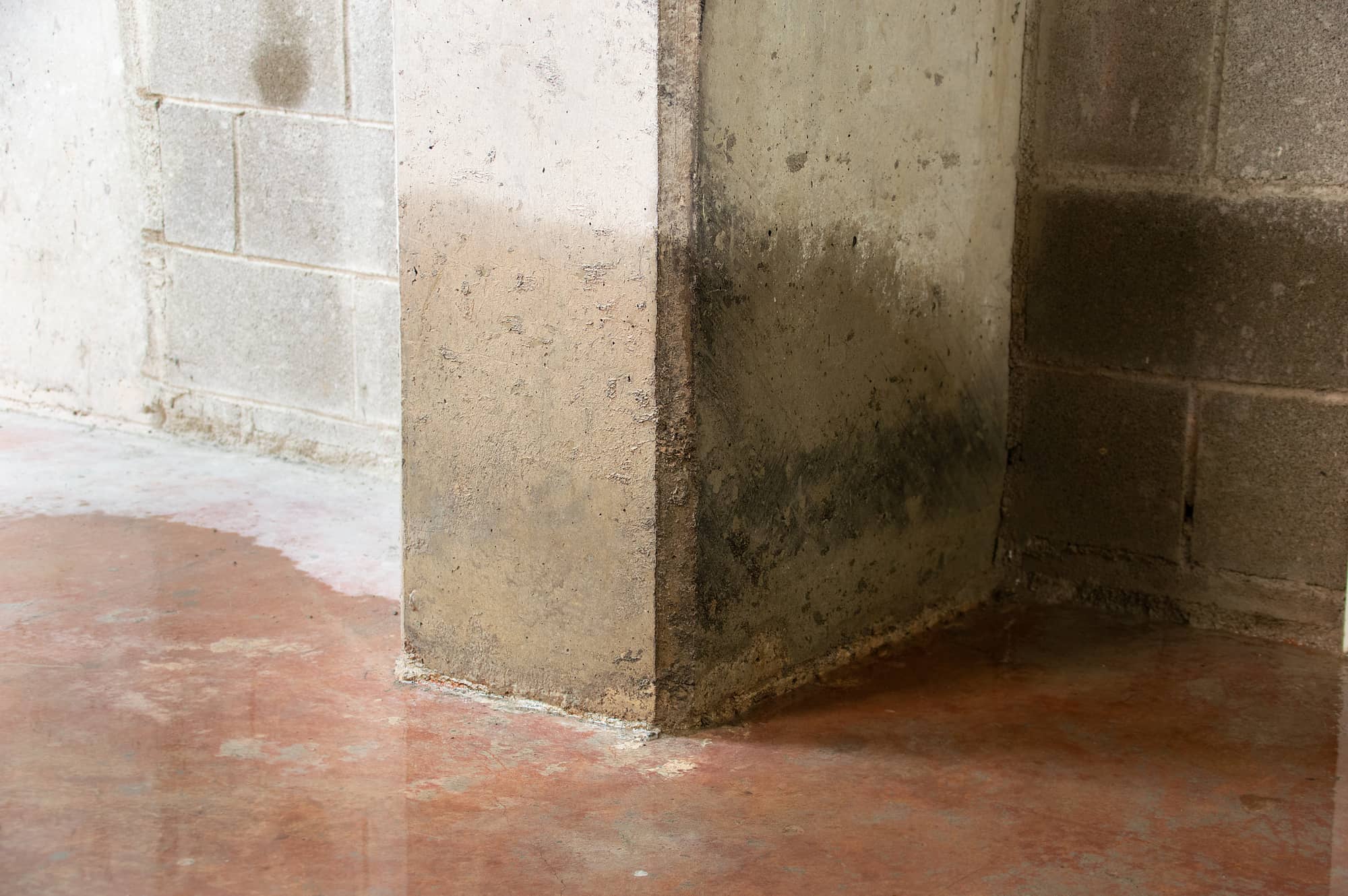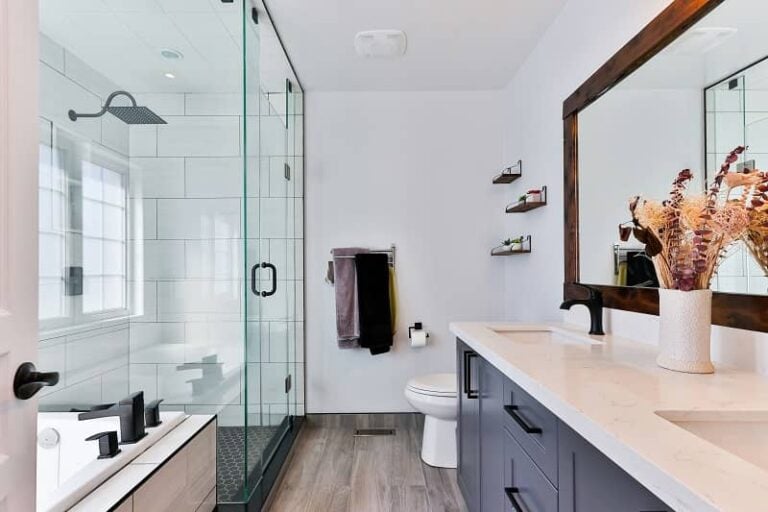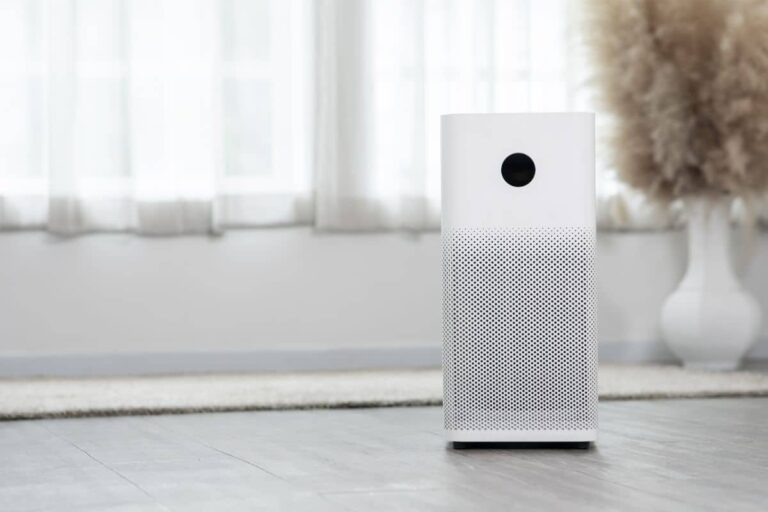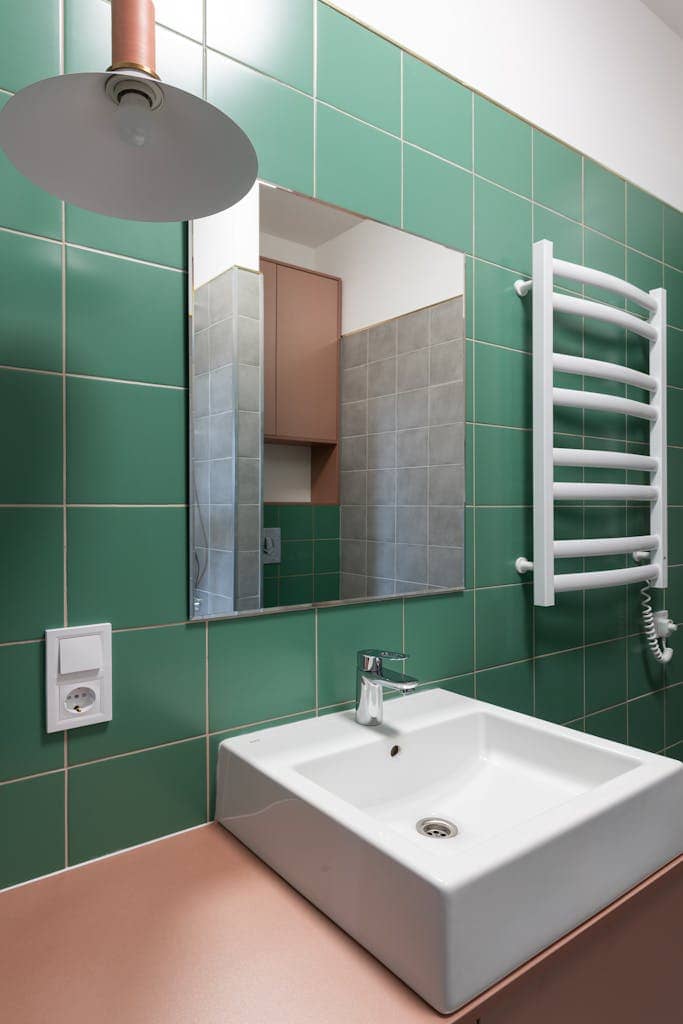Basement Humidity: How to Achieve an Ideal Level
Maintaining humidity in your basement is not just about comfort; it’s about protecting your home’s foundation. This guide delves into understanding the role of humidity, causes of moisture, signs of excessive humidity, and an approach to ensuring your basement remains dry.
Ideal Basement Humidity Levels
The journey to a well-balanced basement environment begins with knowing the target humidity level, which should remain between 30% and 50%. At this range air is dry enough to prevent mold growth but moist enough to avoid the discomfort and respiratory problems associated with dry air.
Finding your current basement humidity level is both easy and inexpensive. Hydrometers, the leading tool for testing humidity levels in homes, can be purchased for under $20. However, your basement may already be showing obvious signs of moisture. If this is the case, testing your humidity may not be required before attempting to lower it.
High Humidity in Basements (>50%)
Moisture can infiltrate your basement from various sources, fundamentally altering the comfort and safety of your home. Outdoor elements like rainwater or groundwater might find their way through cracks and openings in the foundation, posing a constant battle against seepage.
Inside the house, everyday activities such as cooking, bathing, and laundry contribute to the overall moisture level. Basements often bearing the brunt due to poor ventilation. Lack of airflow exacerbates the problem, trapping humid air and creating an environment ripe for dampness and decay.
Signs of High Humidity Levels in Basement
- Musty Odors: A persistent musty smell can indicate mold or mildew growth due to high humidity.
- Condensation: Water droplets on walls, windows, or pipes are a clear sign of excess moisture.
- Mold or Mildew Spots: Visible growths on walls, ceilings, or items stored in the basement.
- Peeling Paint or Wallpaper: Excess moisture can cause paint or wallpaper to lose adhesion.
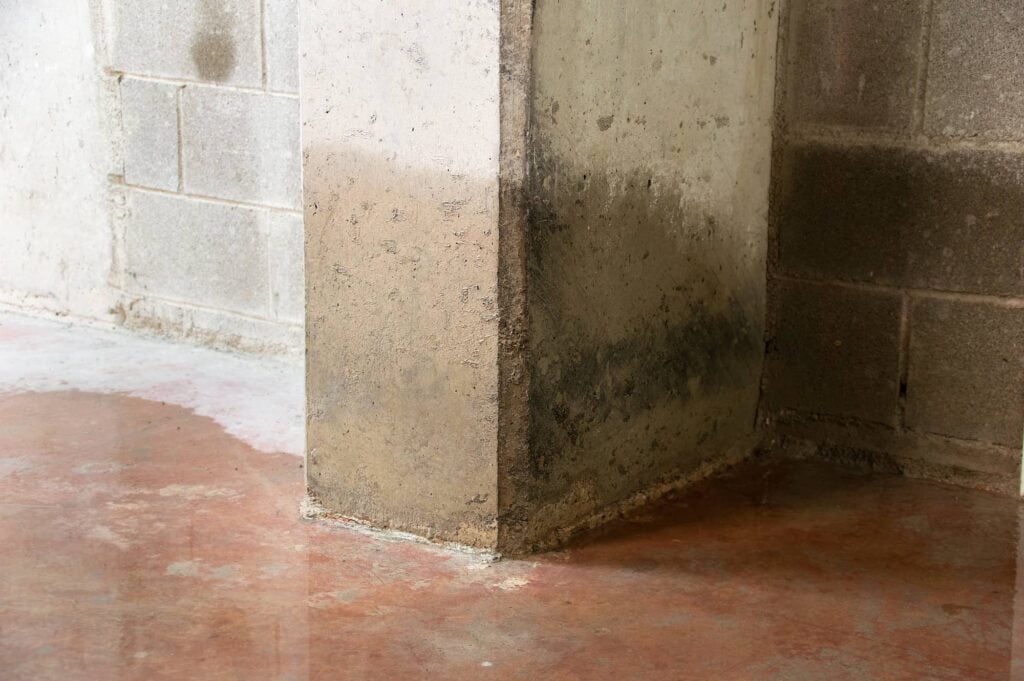
How to Lower Humidity in Basement
Addressing basement humidity is multi-faceted. I’ll break this guide down into two sections: one that homeowners can DIY and start addressing immediately, and another that will take more careful planning and execution from professionals. Each step is a building block towards creating a basement that not only feels comfortable but is structurally sound and mold-free.
DIY Steps
1. Identify and Repair Leaks
It all starts with identifying and fixing any leaks. Ensuring your basement is watertight is a fundamental step in controlling moisture. Inspect your basement or crawl space (both inside and outside) for any signs of leaks or water damage and make necessary repairs.

2. Improve Ventilation
Use fans or install a ventilation system to increase airflow and help remove moist air from your basement. If you have a basement bathroom, this can be as simple as running the exhaust fan. However, basement ventilation systems can be installed next to an exterior wall which can be run for extended periods of time.
3. Use a Dehumidifier
A dehumidifier can quickly and effectively reduce moisture levels, and should be a top priority. Consider a unit with a hygrometer to monitor humidity levels accurately, that way it can shut off when an ideal level is reached and prevent drying the space out too much. Pumped dehumidifiers can provide constant dehumidification during warm summer months. Discharge your condensate to a laundry sink, drain, or to your home’s exterior.
4. Seal Windows and Doors
Ensure that basement windows and doors are properly sealed to prevent outside moisture from entering.
5. Insulate Pipes
Cold water pipes can “sweat” in humid conditions, contributing to moisture levels. Insulating these pipes can prevent condensation.
6. Maintain Gutters and Downspouts
Keep gutters clean and ensure downspouts direct water away from your home’s foundation to reduce seepage. Installing an extension to the downspouts can direct water further away from your home’s foundation.
Professional Help
Installing a French Drain
A French drain is a trench filled with gravel or rock that contains a perforated pipe, which redirects surface water and groundwater away from your home’s foundation. Here’s why it’s effective for reducing basement humidity:
- Water Diversion: By collecting water that would otherwise seep through the soil and into your basement walls or floor, a French drain prevents this moisture from entering your basement. This is particularly beneficial in areas with high groundwater levels or during periods of heavy rainfall.
- Lowering Hydrostatic Pressure: Water accumulating in the soil around your foundation creates hydrostatic pressure, which can push water through cracks and porous materials into your basement. A French drain relieves this pressure by providing an easy pathway for the water to flow away from your foundation.
- Versatility and Customization: French drains can be installed around the perimeter of your home or inside your basement, depending on the specific water management needs of your property. This versatility makes it a viable solution for many different situations where basement humidity is a concern.
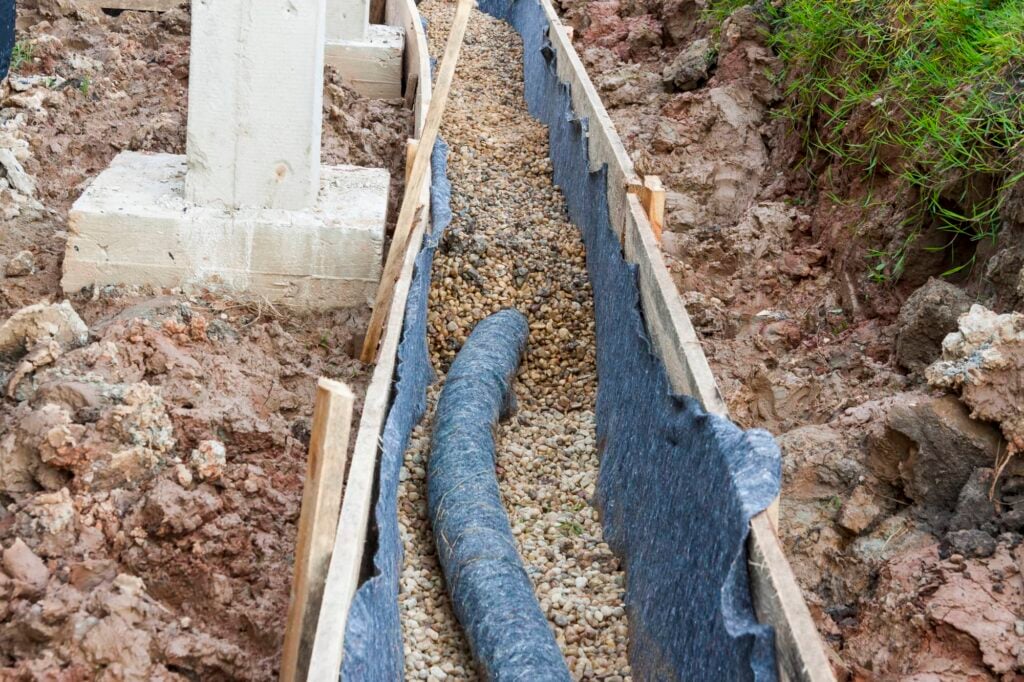
Regrading Yard
Regrading involves altering the slope of the land around your home so that water naturally flows away from your foundation. It’s an effective way to reduce basement humidity for several reasons:
- Prevention of Water Accumulation: By ensuring that the ground slopes away from your home, water from rain or snowmelt is directed away from your foundation. This reduces the amount of water that can seep into the soil around your basement and ultimately into the basement itself.
- Improved Drainage: Effective yard grading contributes to better overall drainage on your property, reducing the likelihood of water pooling around your home. Pooled water can lead to saturation of the soil and increased hydrostatic pressure against basement walls.
- Long-Term Solution: Once regrading is properly done, it provides a long-term solution to water management without the need for ongoing maintenance. It works continuously to direct water away from your home, providing lasting protection against basement humidity.
Basement Waterproofing
Basement waterproofing encompasses several techniques designed to prevent water from entering your basement interior. Here’s how it contributes to reducing basement humidity:
- Exterior Waterproofing: This involves applying a waterproof coating or membrane to the exterior walls of the basement, which acts as a barrier against water. It may also include installing a drainage system around the foundation to further reduce water accumulation.
- Interior Waterproofing: Interior methods might include sealing cracks and gaps in the basement walls and floor with waterproof sealants. Additionally, installing interior drainage systems and sump pumps can help manage water that does enter, keeping the basement dry.
- Dehumidification: Though not a waterproofing method per se, using a dehumidifier in conjunction with waterproofing efforts can significantly reduce moisture levels in the air, further lowering the risk of humidity-related issues.
In summary, achieving the ideal humidity level in your basement is a critical component of home maintenance. It not only ensures the comfort and health of occupants but also preserves the structural integrity of the property. By understanding the sources and signs of moisture, and taking decisive steps to mitigate them, homeowners can maintain a healthy and comfortable basement environment.
Frequently Asked Questions
How often should basement humidity be monitored?
Given the fluctuating nature of indoor and outdoor climates, a weekly check is advisable to stay ahead of any potential moisture buildup.
Can indoor plants affect basement humidity?
Generally, plants can help regulate humidity by both absorbing water from the air and releasing it in the air through a process called transpiration. In most cases, you would need hundreds of plants to notice much affect one way or another in a basement.
What size dehumidifier is needed for my basement?
The size of the dehumidifier you need depends on your basement’s size and existing humidity levels. It’s measured in the capacity to remove pints of moisture per day. In the case of removing humidity, it’s better to go oversized than undersized. For accurate assessment and selection, consulting with a professional can be very helpful.

